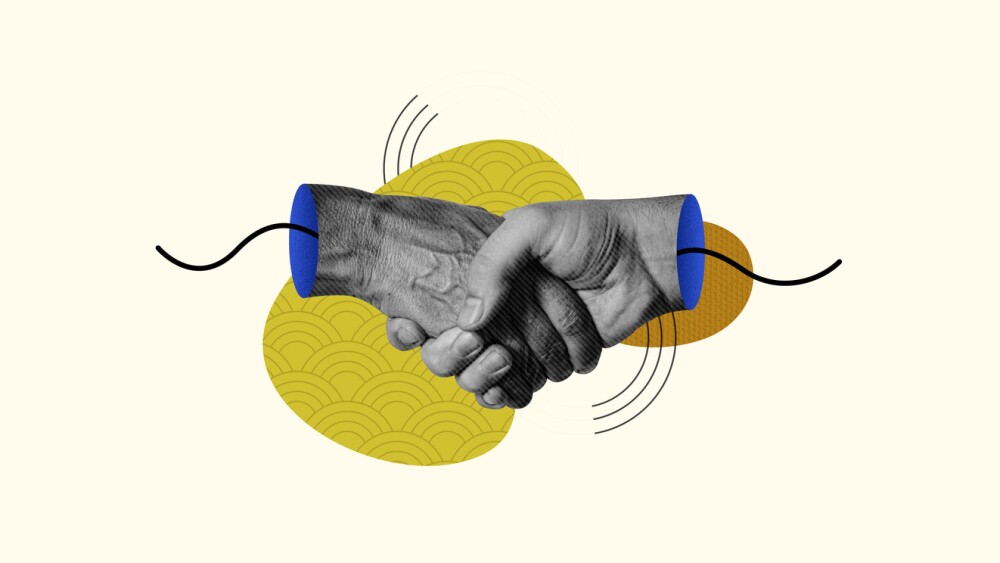October 12, 2016
By Alex Keown, BioSpace.com Breaking News Staff
LAVAL, Quebec – Valeant Pharmaceuticals is under fire this morning over a 2,700 percent price hike of a drug used to treat lead poisoning—a position the company has become familiar with as it is perceived as the poster child of astronomical price hikes.
Valeant acquired the drug Calcium EDTA in 2013 when it acquired Medicis for $2.6 billion. When the Canadian company acquired the drug, pricing for the intravenous treatment had remained steady at $950, Stat News reported Tuesday. However, as was typical for Valeant, once it acquired the drug, prices jumped to $7,116 in January 2014. The price more than tripled by the end of that year though, climbing to a staggering $26,927 in less than 12 months, Stat News reported, citing data from Truven Health Analytics.
As could be expected, physicians and poison control specialists have been livid over the price hikes—especially since there are few other treatment options. Michael Kosnett, an associate clinical professor in the division of clinical pharmacology and toxicology at the University of Colorado’s School of Medicine, told Stat News that the drug is a standard of care for lead poisoning. He said the drug had been widely available at an affordable price—that is, until Valeant acquired the drug.
“There’s no justification for the astronomical price increases by Valeant, which limit availability of the drug to children with life-threatening lead poisoning,” Kosnett told Stat News.
When Valeant acquired the lead poisoning drug, Stat said Valeant had to initially resolve manufacturing problems that created shortages of Calcium EDTA. A spokesperson for the embattled company told Stat that the price increases for Calcium EDTA are justified, particularly when supplies and ingredients of the drug are taken into consideration.
“The list price increases over the past several years have enabled us to provide to the market consistent availability of a product with high carrying costs and very limited purchase volume of 200 to 300 units per year,” the spokesman said, according to Stat. “Given [the drug’s] relatively limited shelf life, the company takes substantial carrying cost risk and has written down at its own expense approximately half of purchased quantities in the past few years.”
Lead poisoning is not a widespread issue. Stat noted there were 50 serious cases reported in 2015.
This is certainly not the first time the company has been under fire for hiking the price of newly-acquired drugs. Before the company came crashing down following concerns over leadership, debt and accounting practices, the company was well-known for its price hikes. According to a 2015 Deutsche Bank report, Valeant increased prices on its brand-name drugs an average of 66 percent, about five times more than its other competitors. Last year, Valeant faced scrutiny from U.S. lawmakers and two U.S. attorney’s offices over pricing of drugs acquired through acquisitions. Valeant was under fire for a price increase of two cardiac drugs, Nitropress and Isuprel, the company acquired through its deal for Salix Pharmaceuticals, Ltd. . Valeant then increased the prices for those drugs by 212 percent and 525 percent, respectively. Valeant acquired the two drugs in April. Valeant has also been criticized for quadrupling the price of the 55-year-old drug Cuprimine, used in the treatment of Wilson disease.





